Morning Eye Candy: Loves Me Not
Posted in Photography on July 2 2014, by Matt Newman
Echinaceae purpurea ‘Virgin’ along Seasonal Walk – Photo by Ivo M. Vermeulen

Inside The New York Botanical Garden
Posted in Photography on July 2 2014, by Matt Newman
Echinaceae purpurea ‘Virgin’ along Seasonal Walk – Photo by Ivo M. Vermeulen
Posted in Gardening Tips on July 23 2013, by Sonia Uyterhoeven
Sonia Uyterhoeven is the NYBG‘s Gardener for Public Education.
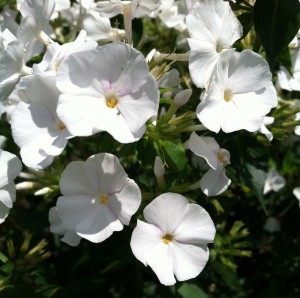
When Keith Reid penned the famous lyrics to the debut song for the British rock group Procol Harum in 1967, his inspiration for the title came from a conversation he had overheard at a party when a man exclaimed to a woman, “You have turned a whiter shade of pale.”
Reid thought it was a cool compliment and wished he had uttered the phrase. Quite frankly, I am glad I wasn’t the woman. Coming from the tan generation, I don’t think I would have taken kindly to the utterance.
If pale was trendy in the UK in 1967, it’s certainly still trendy in the NYC plant world in 2013. I was giving a class on perennial garden maintenance as part of my Home Gardening Series, which meets every Saturday and Sunday at 2 p.m. (free to all garden visitors), and I was amazed at how many ‘rad’— or should I date myself and say ‘groovy’—perennials were a whiter shade of pale.
Phlox carolina ‘Miss Lingard’ seems to be popping up everywhere this year. I see her in the new Native Plant Garden, in the Children’s Adventure Garden, in the Home Gardening Center and on my tours of the High Line. She is an early version of the stalwart Phlox paniculata ‘David’—a must for any white garden.
Posted in Around the Garden, Photography on June 30 2012, by Matt Newman
Echinacea may be synonymous with the health supplement aisle in your local organic market, but it gets its name from a far older comparison: the Greek word echino, which means “sea urchin.” That spiny head is a dead giveaway.
Echinacea purpurea ‘Rubinstern’ — Photo by Ivo M. Vermeulen
Posted in Photography on July 14 2011, by Ann Rafalko
Celebrating the explosion of color that is the summer garden, one hue at a time.
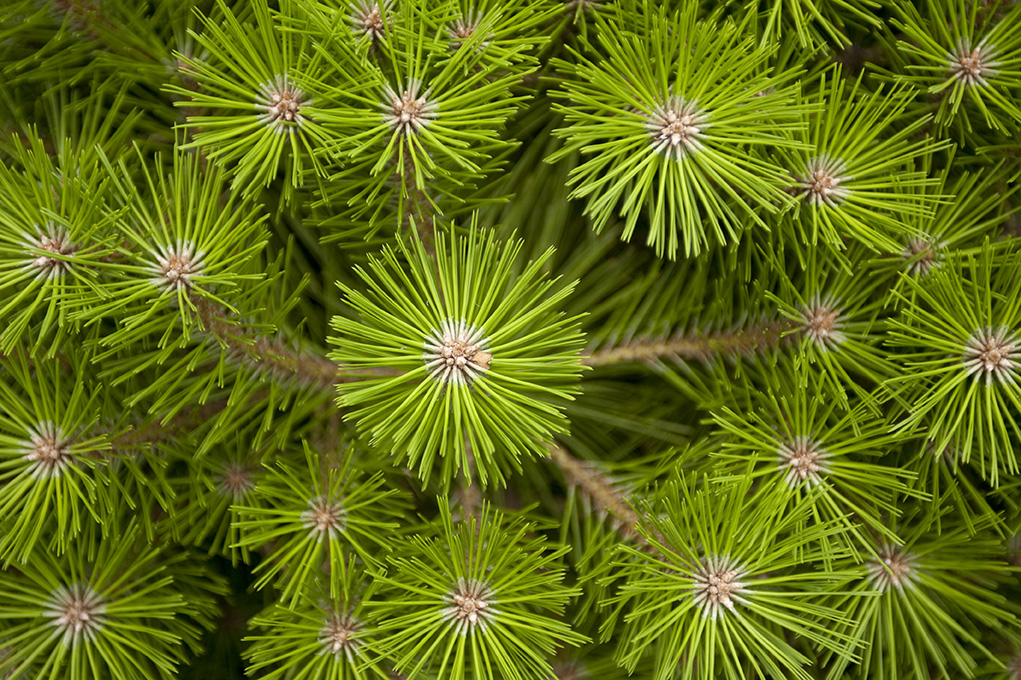
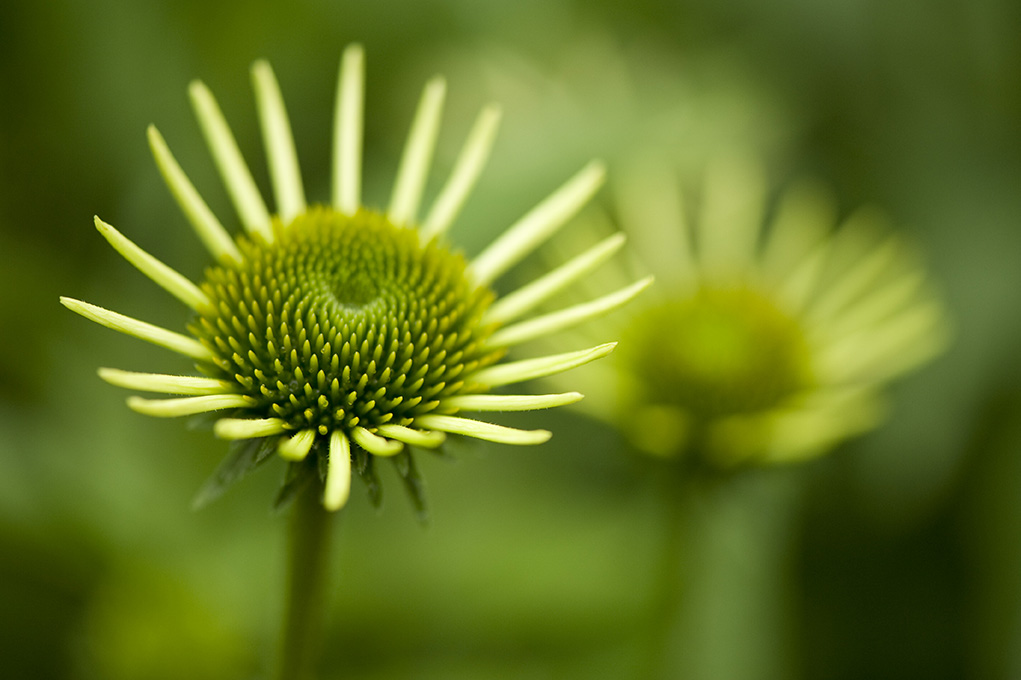
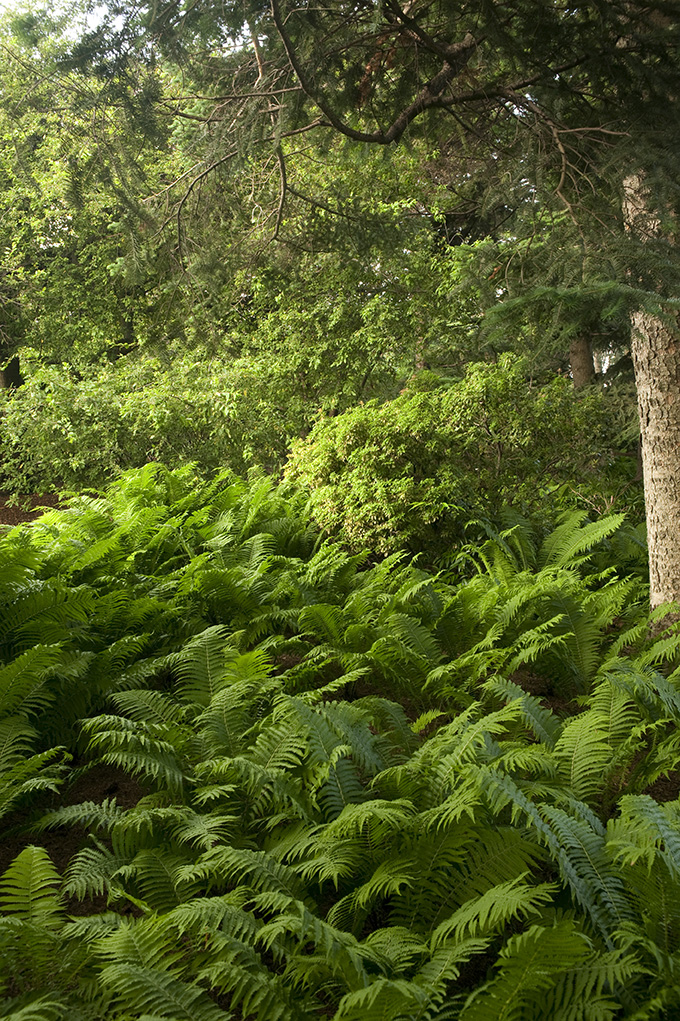
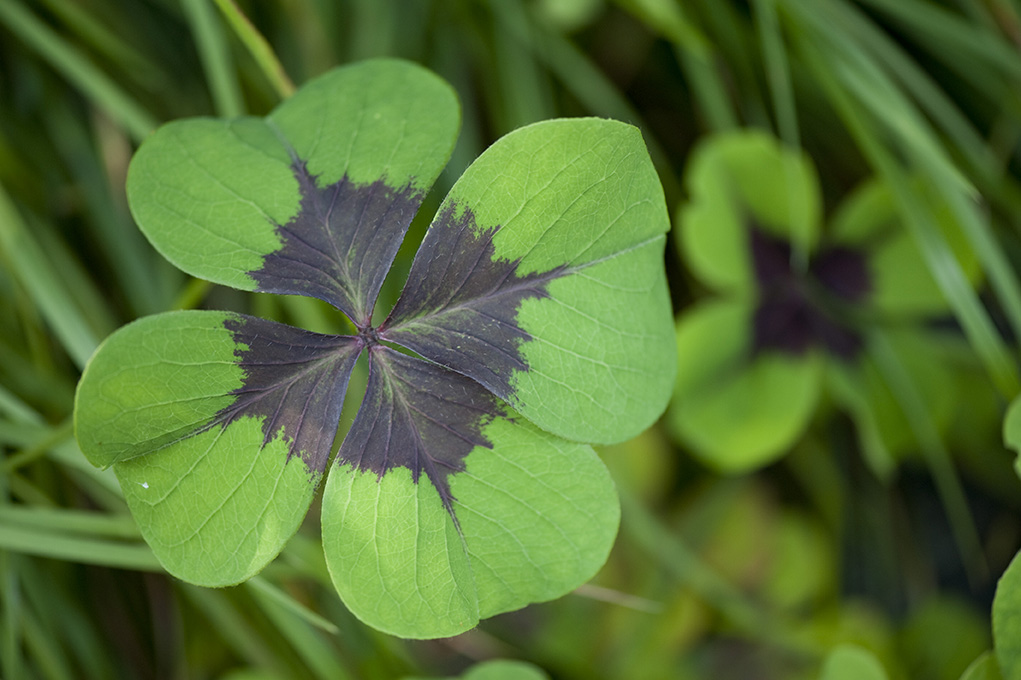
Photos by Ivo M. Vermeulen
Posted in Gardening Tips on September 14 2009, by Sonia Uyterhoeven
 |
Sonia Uyterhoeven is Gardener for Public Education. Join her each weekend for home gardening demonstrations on a variety of topics in the Home Gardening Center. |
 Life used to be so simple. When asked the color of coneflowers (Echinacea) the answer used to be…well, actually now that I think about it, the answer was never simple. What is the color of a coneflower? Is it purple, mauve, pink, carmine, rose, or magenta?
Life used to be so simple. When asked the color of coneflowers (Echinacea) the answer used to be…well, actually now that I think about it, the answer was never simple. What is the color of a coneflower? Is it purple, mauve, pink, carmine, rose, or magenta?
Does it have a registered name and color number? Do Benjamin Moore and Sherwin Williams have a swatch? Whether we could put a name on it, or not, we all knew the color we were talking about—that pinkish-purplish color.
These days if you browse the catalogs of many reputable nurseries searching for coneflowers, you will think that you have landed on the wrong page. The color spectrum of these understated native beauties has exploded. The flowers have also taken on a new form. Some are now crimped and coiffed like poodles, in fact, to celebrate this coming out, one of the newer cultivars is actually named ‘Pink Poodle’.
We have seen hybridizing initiatives in the past that have experimented with color, but many of these introductions had kept their native prairie features, and these selections had wiry stems that begged for support from tall grasses and looked out of place standing alone in a perennial garden.
The newer introductions that we are now seeing have strong stems as well as a good head on their shoulders. A number of these new hybrids have come from Holland from the Dutch designer and nurseryman, Piet Oudolf. Oudolf is rigorous in his selection process, choosing only garden-worthy plants that not only flower well but die with dignity and keep their appearance through multiple seasons.